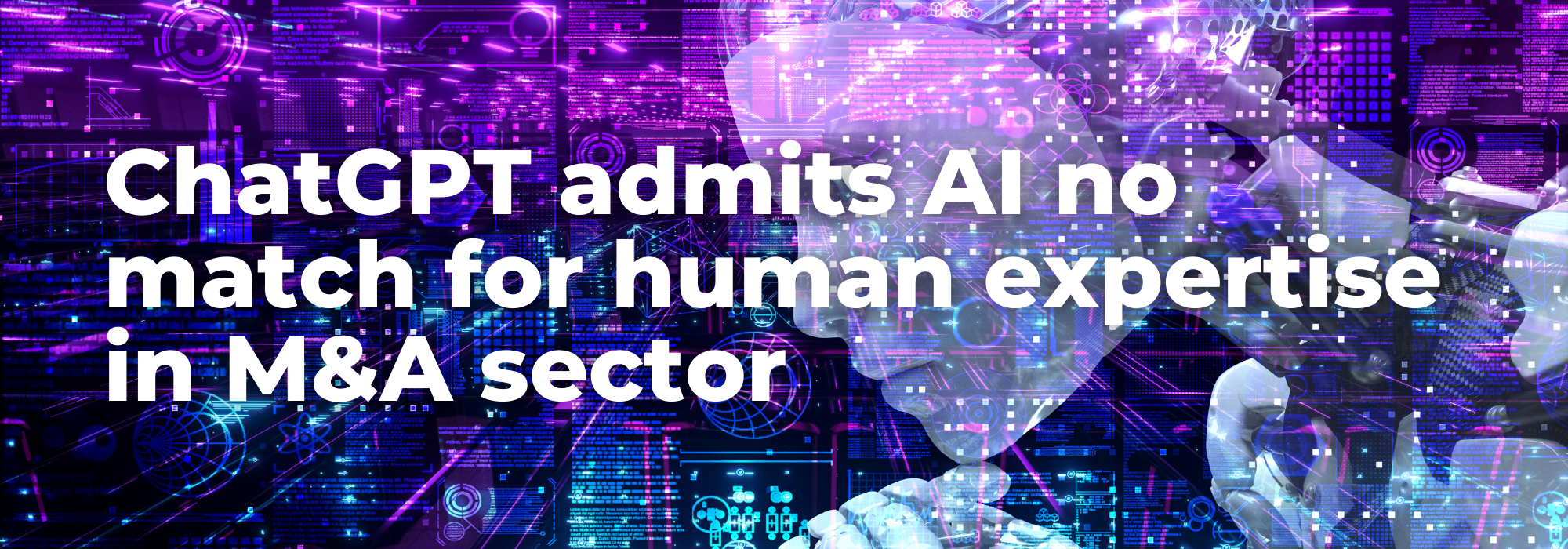About the author: Leanne Carling is the co-founder and M&A director of international family investment firm, The Carling Group, and has been involved in hundreds of transactions with a combined value way in excess of £1billion.
Having worked as M&A Director of an international family investment office for many years, i have conducted huge amounts of research, analysis and interpretation of target company accounts, and any other publicly available information about the business. However, desktop research is only one side of the coin. Meeting the people behind a business, understanding their personal motivations, as well as capabilities and limitations is hugely important. It’s often in the most incidental exchange, where you discover the most powerful indication as to whether a deal is worth pursuing.
As our businesses continue to integrate AI systems to drive efficiency, accuracy, and capacity, I asked OpenAI’s industry leading chatbot, ChatGPT, if AI could help the M&A sector, here’s the response…(spoiler alert) it looks like i’ll be keeping my job for now!
Can AI systems help mergers and acquisitions professionals?
Yes, AI can certainly help mergers and acquisitions (M&A) professionals analyze large volumes of data and find and complete acquisition transactions more efficiently. Here are some specific ways that AI can be used in M&A:
- Data analysis: M&A professionals need to analyze a vast amount of data to evaluate a potential acquisition target. AI systems can be trained to quickly analyze and categorize this data, making the process much faster and more accurate.
- Due diligence: Due diligence is a critical aspect of the M&A process, and it involves reviewing all of the legal, financial, and operational aspects of a company. AI systems can assist with this by automatically reviewing and analyzing documents to identify potential risks or opportunities.
- Predictive modeling: AI can also be used to create predictive models that can help M&A professionals evaluate the potential success of an acquisition. These models can be based on historical data and other factors to help identify the best acquisition targets.
- Market research: AI can help M&A professionals identify potential acquisition targets by analyzing market trends and identifying companies that are performing well in a specific industry or market segment.
Overall, AI can be a powerful tool for M&A professionals to analyze large volumes of data, identify potential acquisition targets, and complete transactions more efficiently.
However, it’s important to note that AI is not a substitute for human expertise and judgement, and M&A professionals will still need to apply their knowledge and experience to make informed decisions.
There you have it. Make use of every tool available, but don’t neglect to invest in your own human expertise, get out and meet business owners, develop your “gut instinct”, and use emotional intelligence in tandem with data analysis, financial reporting and modelling.




